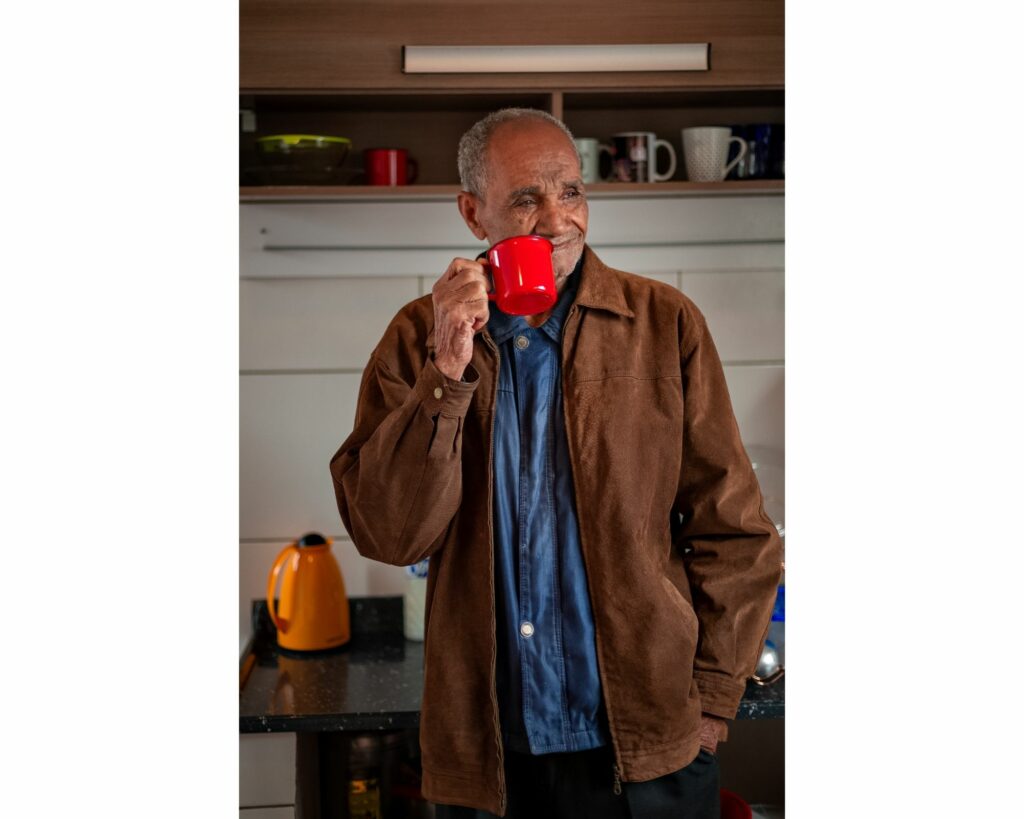With our aging population, we need more solutions to help seniors live well. That’s where universal design comes in: it’s a concept that tries to make products and structures usable by everyone, regardless of age, ability, or other factors.
Money Talks News’s article entitled “8 Essential Home Features for Aging in Place” says that aging in place requires homes that accommodate our needs as we age. The article sets out a list of eight design features buyers focused on accessibility are looking for based on survey data from the National Association of Home Builders’ 2021 “What Home Buyers Really Want” report.
- Lower countertops. The kitchen is the center of most homes, and it’s an important part of universal design. Countertops that are three inches lower than the standard height of 36 inches lets seniors and those with limited mobility to fully participate in meal prep. You can round all countertop edges and corners because fewer 90-degree angles may reduce bumping and bruising and minimize injury in the event of a fall.
- Lower kitchen cabinets. According to Aging in Place, upper kitchen cabinets that are three inches lower than standard height lessens the tendency to overreach and potentially lose balance. Lower cabinets that feature pull-out shelves, “lazy Susan” corner cabinets and easy-pull handles offer additional convenience for seniors and those who rely on a wheelchair or mobility scooter.
- Bathroom aids. For seniors, using the bathroom safely can a challenge. Aging-in-place design recommends these features to make bathrooms more practical and convenient:
- A walk-in tub or a shower with non-slip seating
- An adjustable or hand-held showerhead
- A comfort-height toilet
- Ground-fault interrupter (GFI) outlets that reduce the risk of shock; and
- Grab bars near the toilet and shower.
- A Stepless entrance. To age in place safely, AgingCare recommends that a home’s main entrance not have steps and should have a threshold height of no more than a half an inch. Here are a couple of ways that an entryway without steps can make life better for seniors:
- It facilitates smooth entrance/exit by wheelchair, scooters, or walker
- It decreases the risk of falls, particularly in snowy or icy conditions; and
- It makes it easier to get deliveries and enter the home carrying groceries.
- Non slip floors. According to the CDC, more than 35 million older adults fell at least once in 2018, and 32,000 died from fall-related injuries. To help, non-slip surfaces like low-pile carpet, cork and slip-resistant vinyl can minimize the risk.
- Wide hallways. Wide hallways (defined as at least four feet wide) let seniors access every space in their home with a walker, wheelchair, or scooter, or with the assistance of a home health aide.
- Wide doorways. A standard doorway can be as narrow as 24 inches, which is a tight fit for seniors who rely on wheelchairs, scooters, or walkers. Seniors like wide doorways, defined as at least three feet wide. According to the ADA, doorways should have at least 32 inches of clear width. To help with an easy transition from room to room, thresholds should be as flush to the floor as possible.
- Full bath on main level. Not just convenient, it’s a critical safety feature for seniors. Besides eliminating the need to go up and down stairs several times a day, main floor bathrooms also allow the elderly to (i) respond to incontinence issues more quickly; (ii) practice regular self-care; and (iii) access a private space when required.
To learn more about estate planning in the East Valley, Gilbert, Mesa and Queen Creek, schedule your free consultation with Attorney Jake Carlson by using one of the links above.
Reference: Money Talks News (Aug. 5, 2021) “8 Essential Home Features for Aging in Place”




